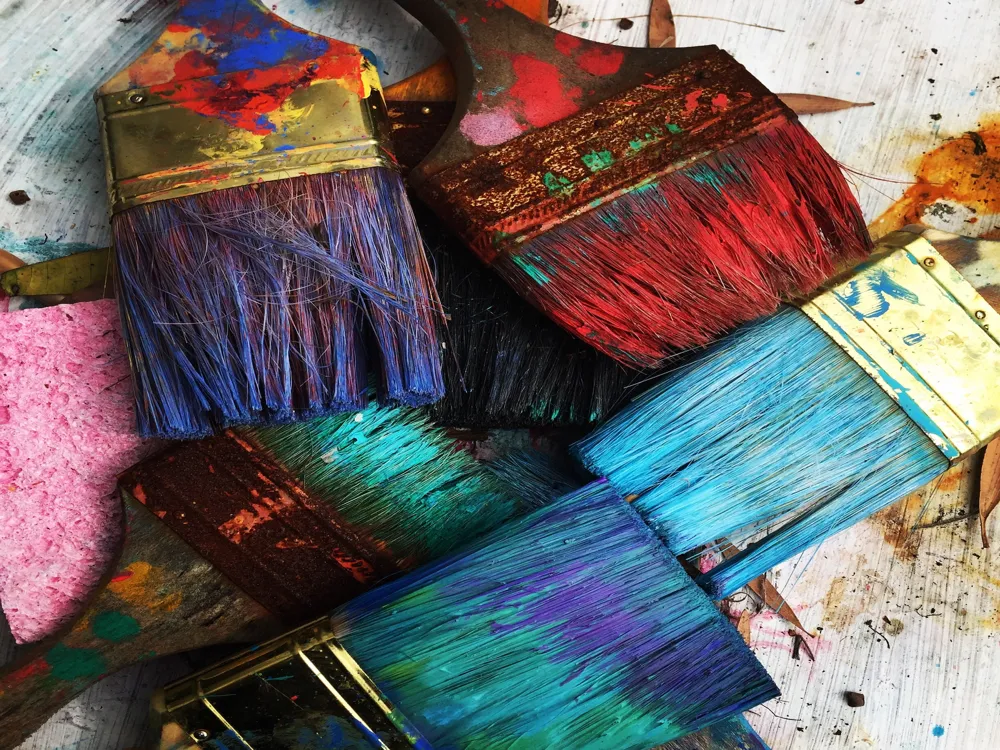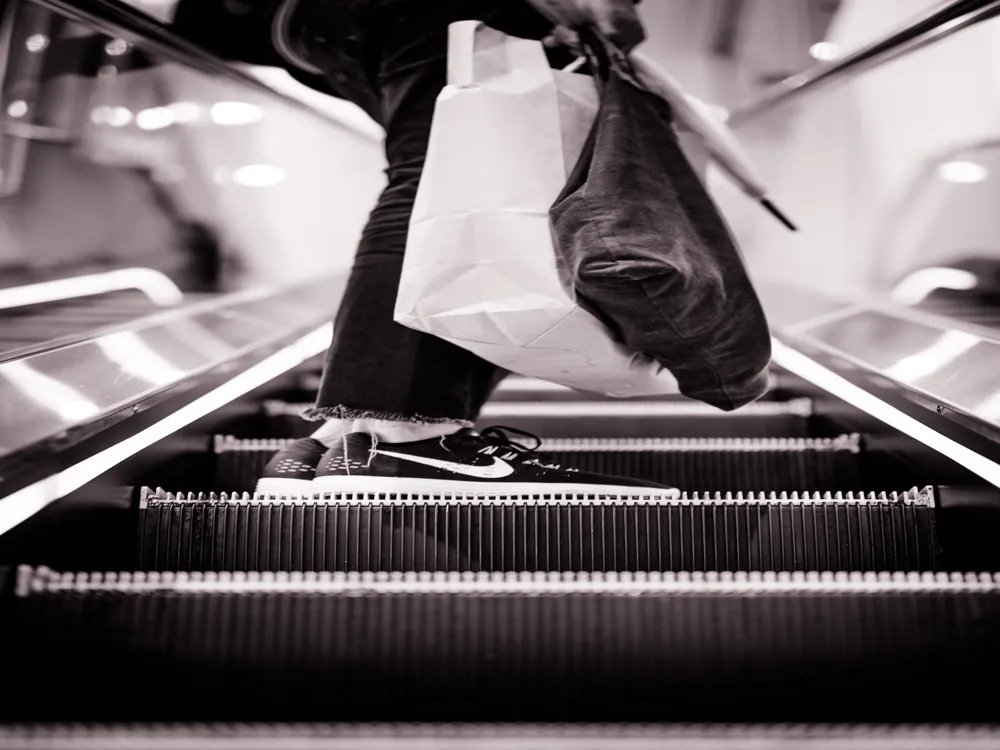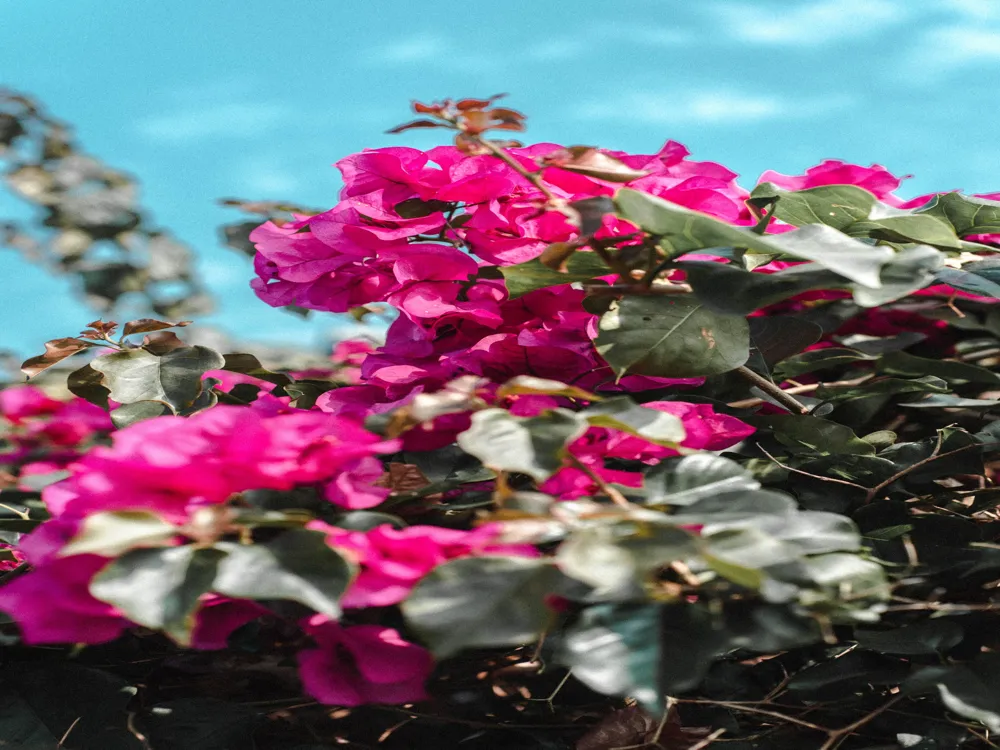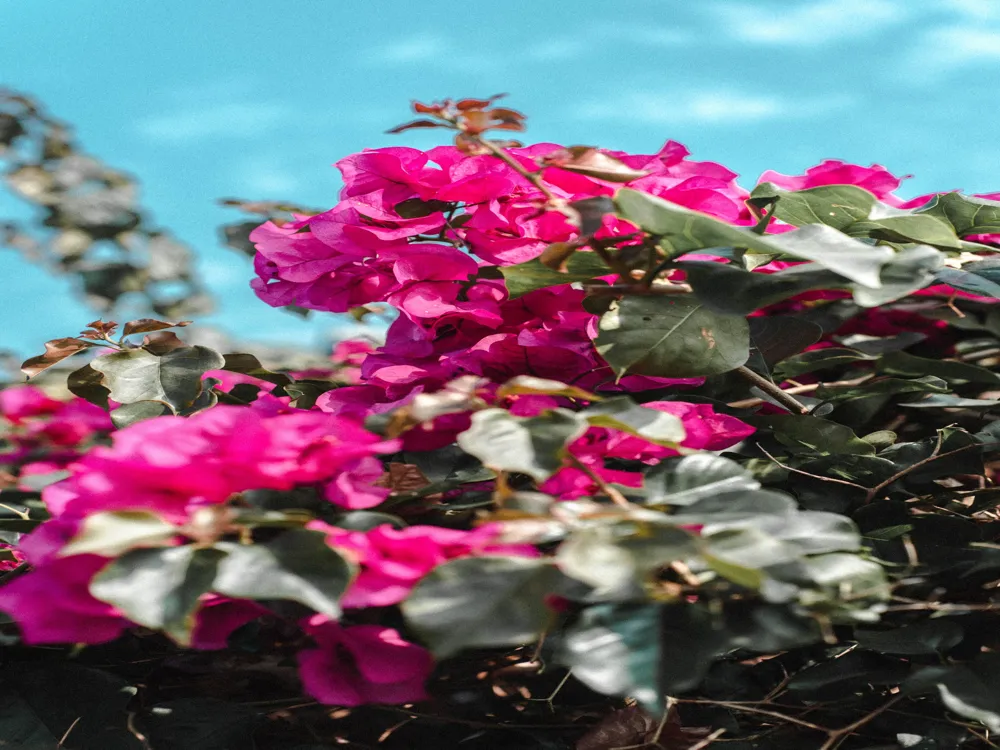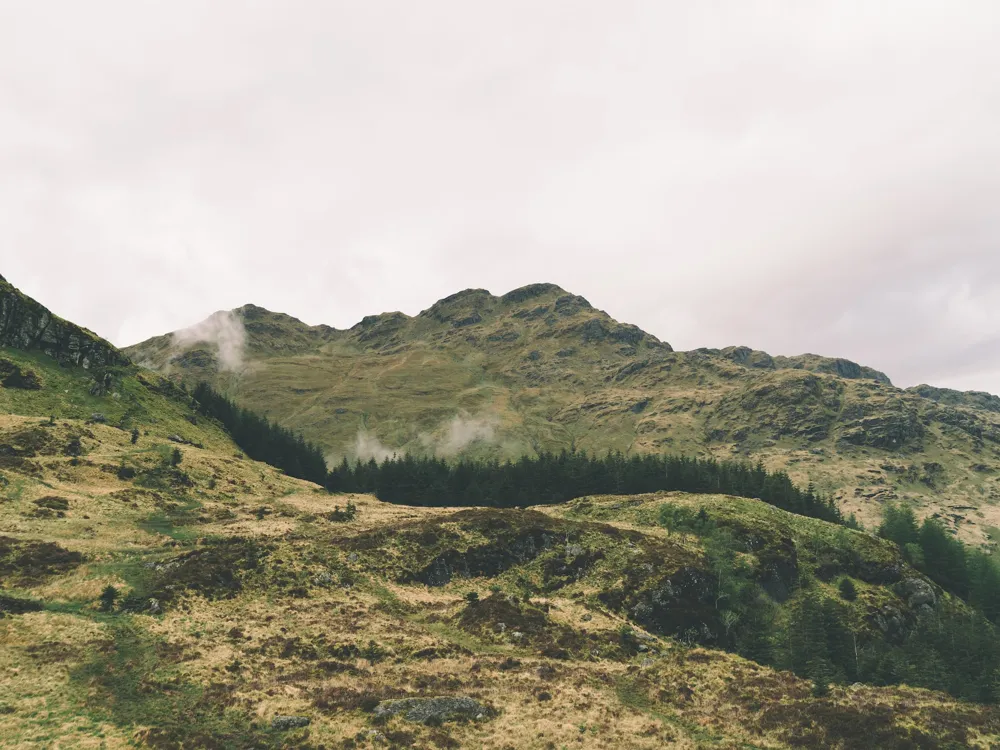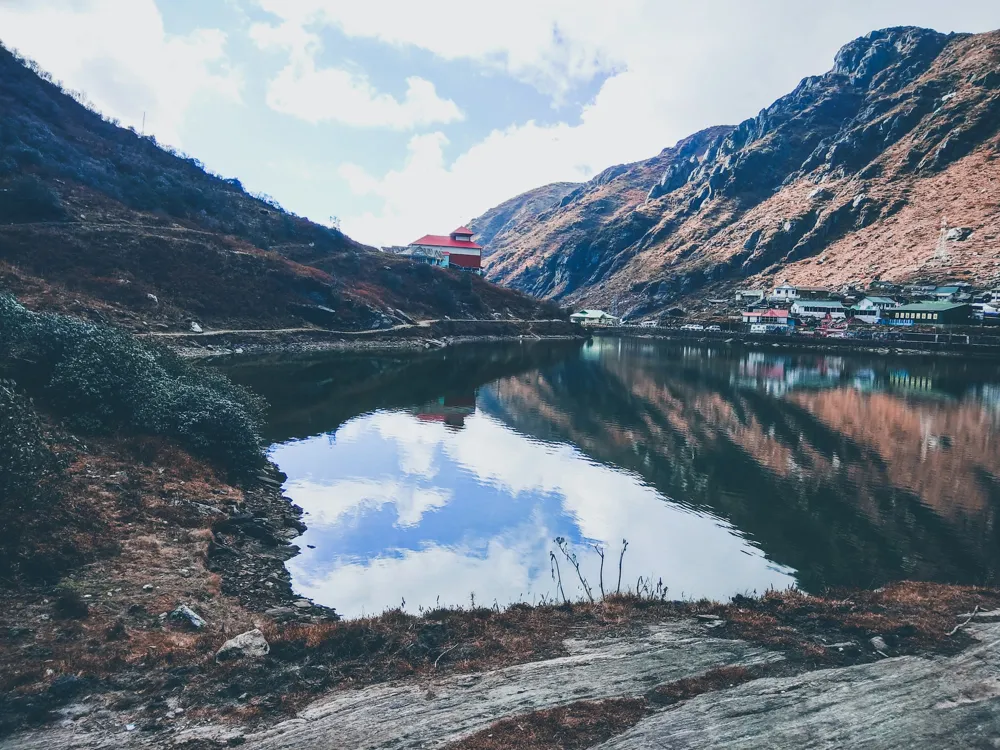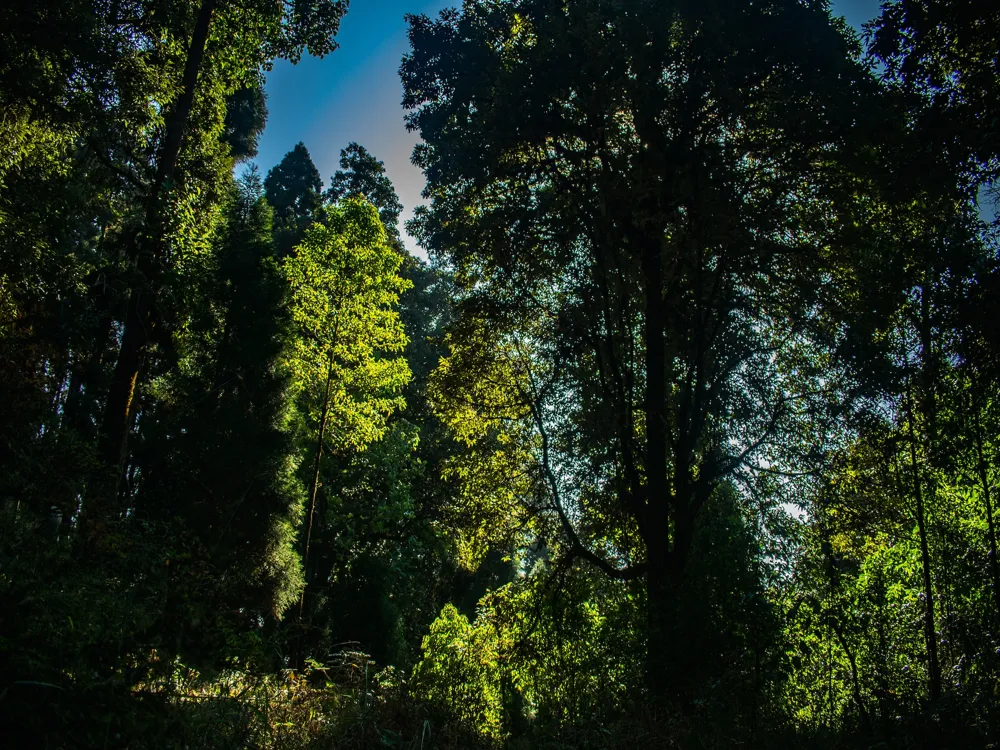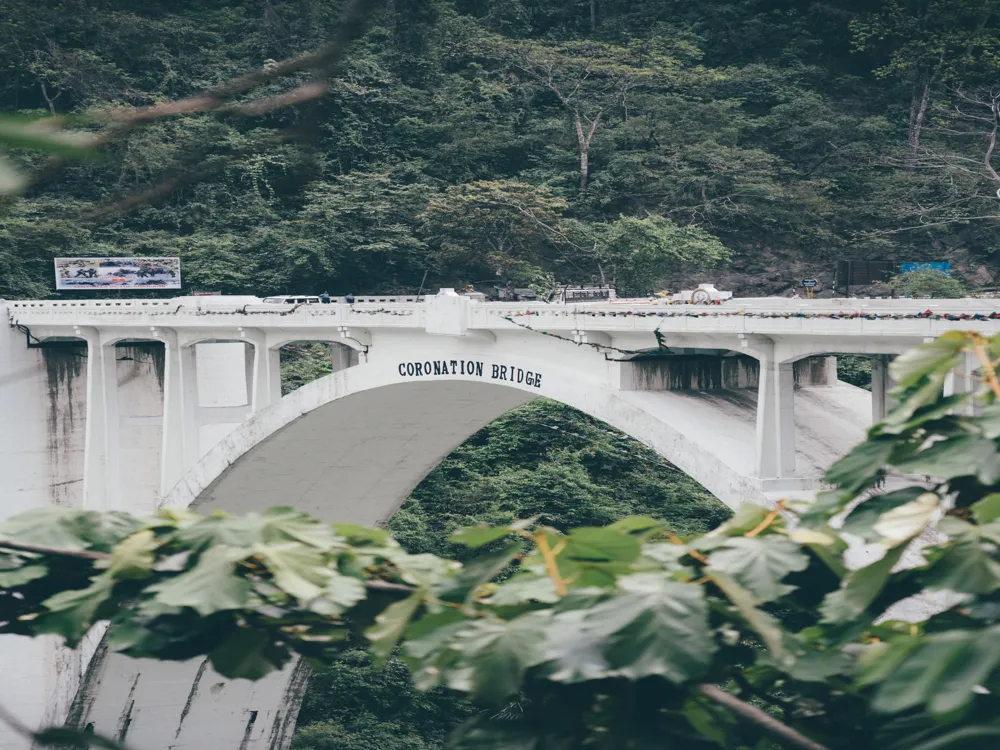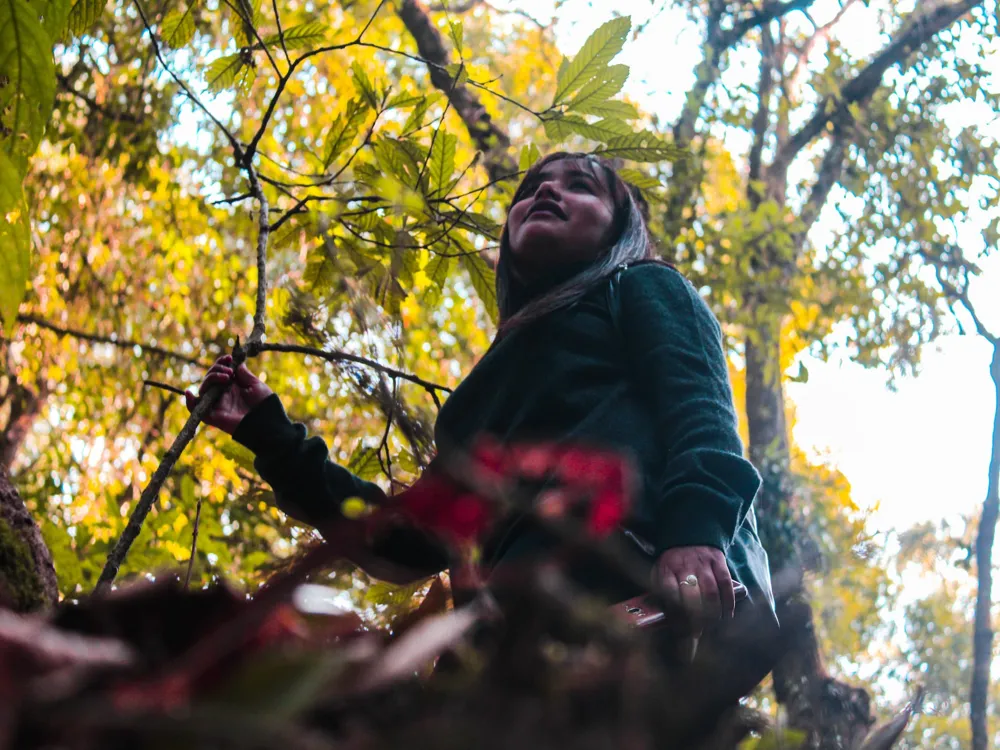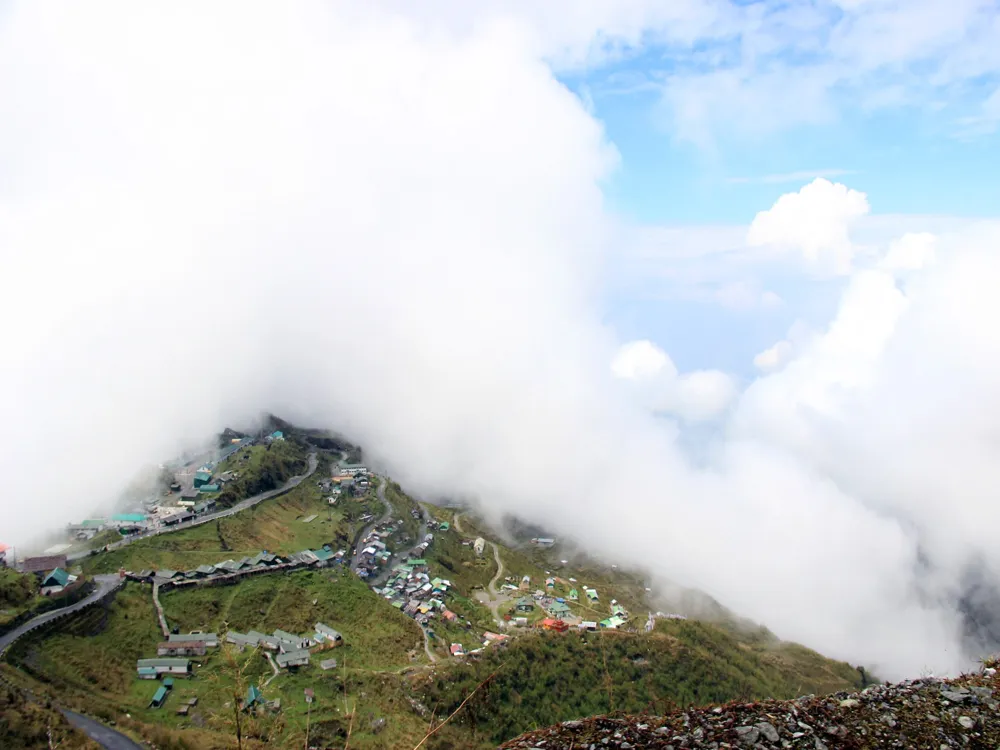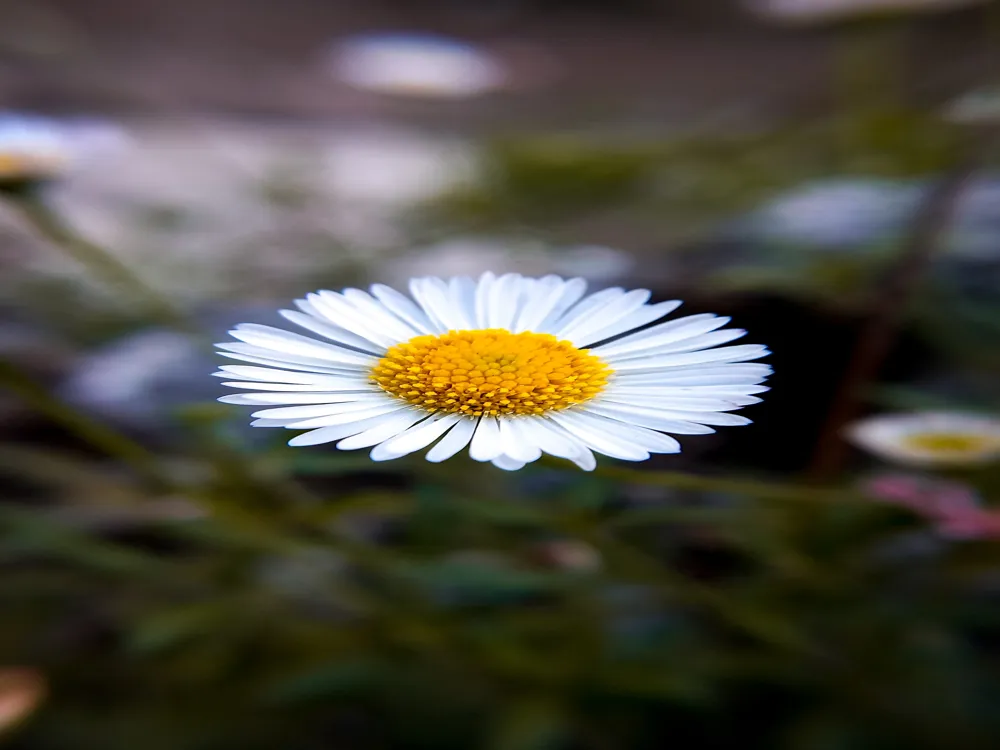Nestled in the serene town of Kalimpong in West Bengal, the Lepcha Museum is a captivating destination for culture enthusiasts and history buffs. This museum is dedicated to preserving and showcasing the rich heritage of the Lepcha community, the indigenous people of the region. With its extensive collection of artifacts, the Lepcha Museum offers an in-depth insight into the customs, traditions, and history of the Lepcha people. The Lepcha Museum houses a diverse array of exhibits, including traditional Lepcha costumes, musical instruments, religious objects, and ancient manuscripts. These exhibits provide a comprehensive understanding of the Lepcha way of life, from their unique language and script to their vibrant festivals and folk dances. Visitors can immerse themselves in the Lepcha culture and gain a deeper appreciation of their contribution to the cultural tapestry of India. One of the highlights of the Lepcha Museum is its collection of thangkas – traditional Buddhist paintings on cotton or silk. These thangkas, rich in symbolism and intricate detailing, are not just artistic masterpieces but also serve as a medium of storytelling, depicting various aspects of Buddhist philosophy and mythology. The museum also showcases an assortment of traditional weaponry, providing a glimpse into the martial history of the Lepcha people. The Lepcha Museum is more than just a repository of artifacts; it is a vibrant center for cultural exchange and learning. It regularly hosts workshops, seminars, and cultural events, bringing together scholars, artists, and visitors to celebrate and learn about the Lepcha heritage. Whether you are a history enthusiast, a cultural explorer, or simply curious about the indigenous communities of India, the Lepcha Museum in Kalimpong is a must-visit destination. The architecture of the Lepcha Museum is as intriguing as the treasures it holds within. Reflecting the traditional architectural style of the Lepcha community, the museum is a fine example of indigenous design and craftsmanship. The structure harmoniously blends with the natural surroundings, embodying the Lepcha people's deep respect for nature. Built with locally sourced materials, the museum showcases the sustainable building practices of the Lepcha community. The use of bamboo, wood, and natural stone in its construction not only gives the museum an authentic look but also ensures that it remains eco-friendly. The museum's design incorporates elements of Lepcha culture, with motifs and symbols that are significant to their heritage adorning the walls and entrances. The interior of the Lepcha Museum is thoughtfully designed to create an immersive cultural experience. The layout facilitates a seamless flow from one exhibit to another, ensuring that visitors can absorb the wealth of information without feeling overwhelmed. Natural lighting plays a crucial role in the museum's design, with strategically placed windows and skylights illuminating the exhibits and creating an inviting atmosphere. The Lepcha Museum is not only a testament to the rich cultural heritage of the Lepcha people but also a shining example of sustainable architecture and design. It stands as a beacon of cultural preservation, inviting visitors from around the world to explore and appreciate the unique legacy of the Lepcha community. Before visiting the Lepcha Museum, it's advisable to plan your trip. Check the museum's opening hours and any special events that might be happening during your visit. Planning ensures that you make the most of your time at the museum. While exploring the museum, remember to show respect for the Lepcha culture. This includes being mindful of your behavior, dressing appropriately, and following any guidelines set by the museum. Consider taking a guided tour. The museum often offers tours led by knowledgeable guides who can provide deeper insights into the exhibits and the history of the Lepcha people. Check the museum's photography policy. Some areas might restrict photography to protect the artifacts. Always ask for permission before taking photos. Participate in interactive sessions if available. These sessions, such as workshops or cultural demonstrations, can enhance your understanding and experience of the Lepcha culture. The Lepcha Museum is easily accessible from various parts of Kalimpong and neighboring regions. Visitors can reach the museum by local transport such as taxis, buses, or even by hiring private vehicles. For those traveling from distant places, the nearest airport is Bagdogra Airport, and the closest railway station is New Jalpaiguri. From these points, one can take a taxi or a bus to Kalimpong and then proceed to the museum. It's advisable to check local travel advisories and transport schedules for a smooth journey. Read More: Overview of Lepcha Museum in Kalimpong, West Bengal
Architecture of Lepcha Museum
Tips When Visiting Lepcha Museum
Plan Your Visit
Respect the Culture
Guided Tours
Photography Policies
Interactive Sessions
How To Reach Lepcha Museum
Lepcha Museum
Kalimpong
West Bengal
₹ 9,500 onwards
View kalimpong Packages
Weather :
Tags : Museum
Time Required : 1 - 2 hrs
Planning a Trip? Ask Your Question
Kalimpong Travel Packages
View All Packages For Kalimpong
Top Hotel Collections for Kalimpong

Private Pool

Luxury Hotels

5-Star Hotels

Pet Friendly
Top Hotels Near Kalimpong
Other Top Ranking Places In Kalimpong
View All Places To Visit In kalimpong
View kalimpong Packages
Weather :
Tags : Museum
Time Required : 1 - 2 hrs
Planning a Trip? Ask Your Question
Kalimpong Travel Packages
View All Packages For Kalimpong
Top Hotel Collections for Kalimpong

Private Pool

Luxury Hotels

5-Star Hotels

Pet Friendly







